Easy Bread Baking for Beginners: Your Best Guide in 2025
Bread baking can seem hard, but it is not. With just a few tools, simple ingredients, and clear steps, you can make amazing bread at home. Easy Bread Baking for Beginners is all about helping you start without feeling scared. Once you try it, you will love the smell of fresh bread in your home. This guide will show you how easy it is to bake bread even if you have never done it before. Let’s get started!
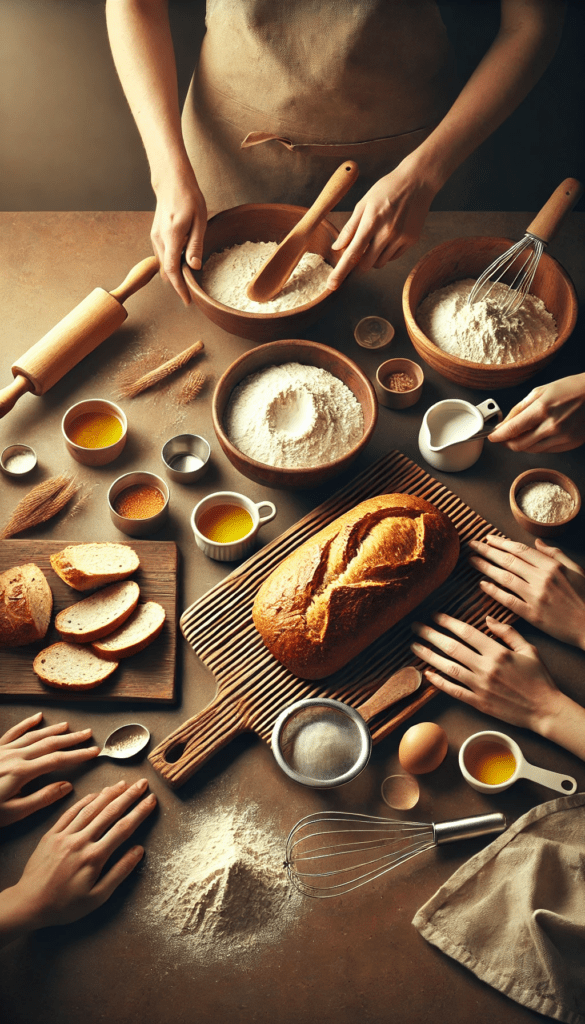
Why Bake Your Bread?
Baking bread at home has many benefits. It is cheaper than buying bread. You know exactly what goes into it. You can make it just the way you like. Plus, it is a fun and relaxing activity. When you smell fresh bread, you will feel happy. Easy Bread Baking for Beginners also allows you to create bread that suits your taste and health needs. You can choose to make bread with less sugar, no preservatives, or even gluten-free. Imagine enjoying a warm slice of bread you made with your own hands—it is truly rewarding. With this guide, you’ll see how easy it is to begin.
Tools You Need
To start baking bread, you need some simple tools. Here is what you should have:
- A mixing bowl
- A wooden spoon or spatula
- Measuring cups and spoons
- A baking pan
- An oven
That is all! If you want, you can get a kitchen scale, but it is not necessary for beginners. Easy Bread Baking for Beginners is about simplicity, so you don’t need fancy equipment. However, as you progress, you might want to invest in a dough scraper or a bread thermometer. These tools make bread baking easier and more precise, but they are optional when you’re just starting.
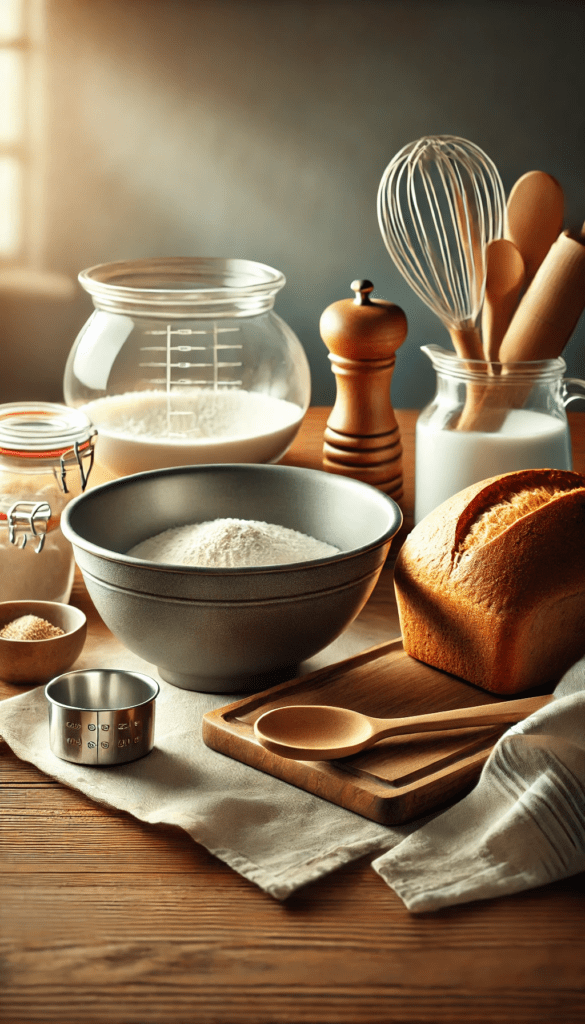
Ingredients for Easy Bread Baking for Beginners
The ingredients are basic and easy to find:
- Flour (all-purpose or bread flour works best)
- Water
- Salt
- Yeast (active dry yeast or instant yeast)
You can also add extras like sugar, butter, or milk if you want soft bread. The key to Easy Bread Baking for Beginners is using simple, fresh ingredients. High-quality flour and fresh yeast can make a big difference in the taste and texture of your bread. Once you feel comfortable, you can experiment with different types of flour like whole wheat, rye, or even almond flour. This guide will help you understand the basics before exploring more advanced recipes.
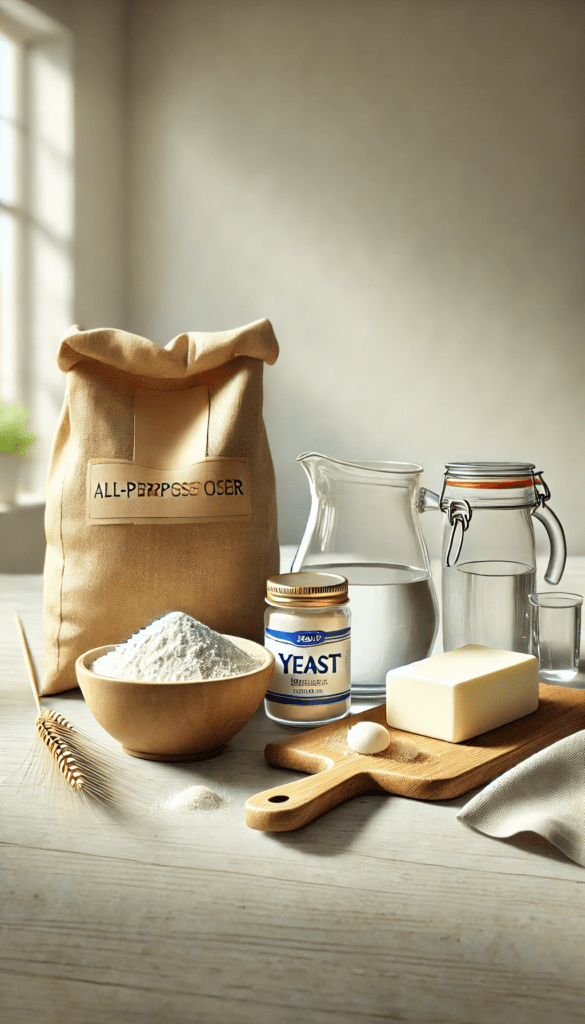
Step-by-Step Guide to Easy Bread Baking for Beginners
Step 1: Mix the Ingredients
In a large bowl, mix 3 cups of flour, 1 teaspoon of salt, and 1 packet of yeast. Slowly add 1 cup of warm water. Stir everything until it becomes a dough. This step is crucial in Easy Bread Baking for Beginners because it ensures that the ingredients are evenly distributed. If the dough feels too dry, add a little more water, one tablespoon at a time. If it feels too sticky, sprinkle in a bit more flour. Mixing is the first step in developing the gluten that gives bread its structure.
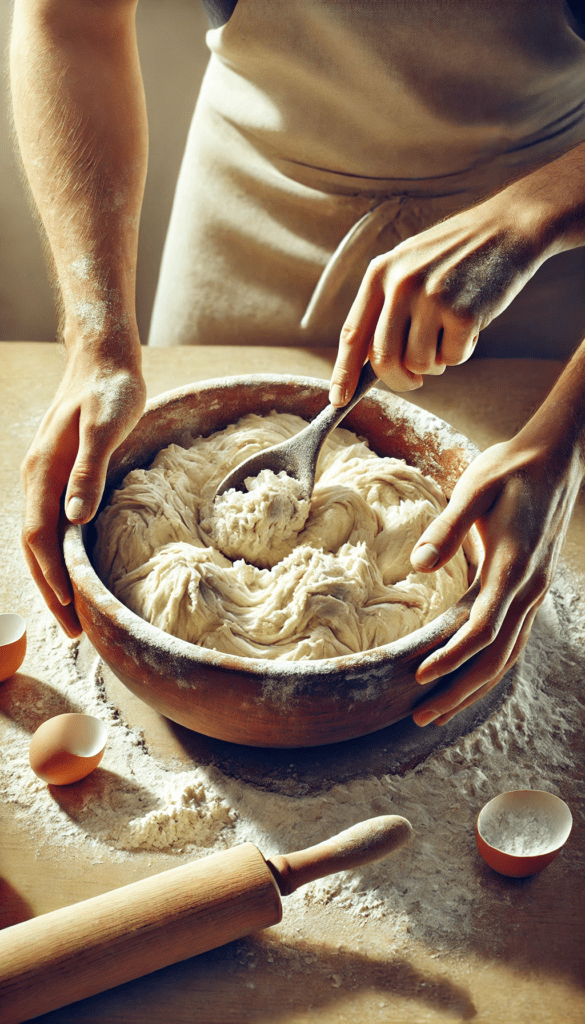
Step 2: Knead the Dough
Put the dough on a clean surface. Use your hands to push and fold the dough. Keep kneading for about 10 minutes. The dough should feel smooth and stretchy. Kneading helps develop gluten, which makes the bread rise and gives it a chewy texture. If you are new to kneading, don’t worry—practice makes perfect. Easy Bread Baking for Beginners emphasizes hands-on learning, so enjoy the process and don’t rush. If your arms get tired, take short breaks.
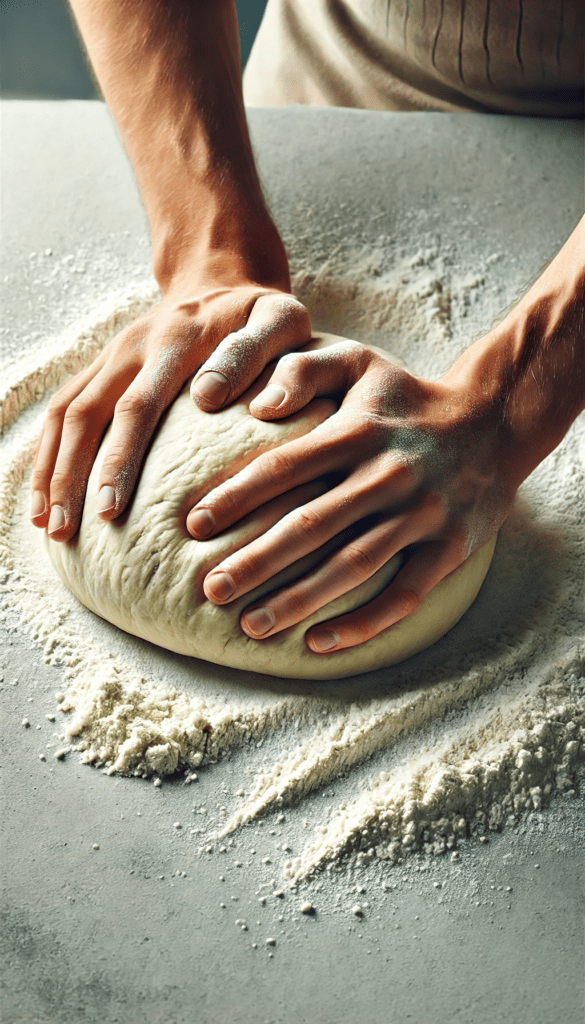
Step 3: Let the Dough Rise
Put the dough in a clean bowl. Cover it with a towel. Let it sit in a warm place for about 1 hour. The dough will double in size. This rising process is called fermentation, and it allows the yeast to create bubbles in the dough, making it light and fluffy. For Easy Bread Baking for Beginners, finding a warm spot in your kitchen is key. If your kitchen is cold, place the bowl near a stove or use the oven’s proofing setting if it has one.
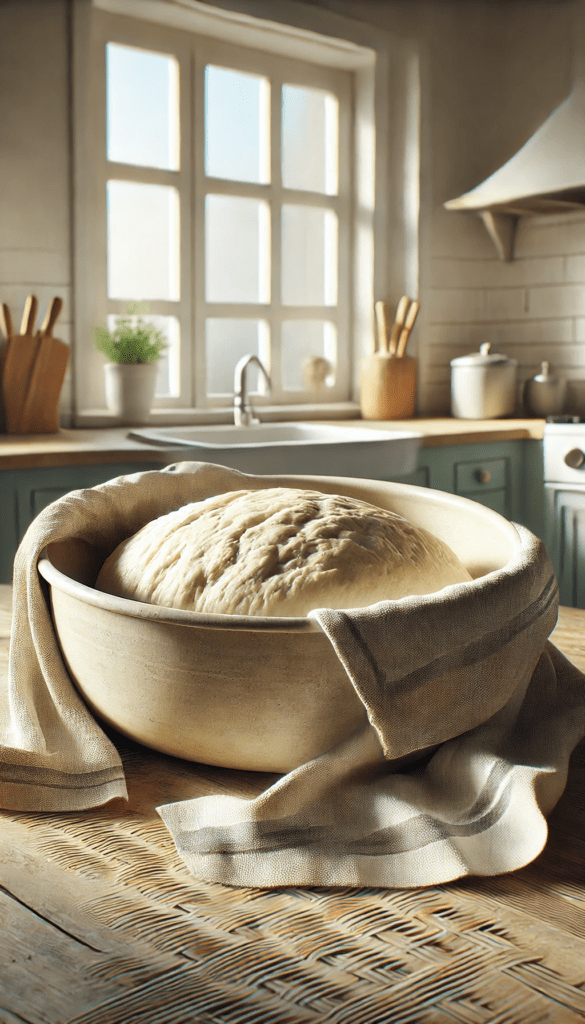
Step 4: Shape the Dough
Take the dough out of the bowl. Shape it into a loaf or rolls. Place it on a baking pan. Shaping the dough is an art, but for beginners, keeping it simple is best. Gently press the dough into the desired shape without overworking it. This step in Easy Bread Baking for Beginners teaches you how to handle dough delicately.
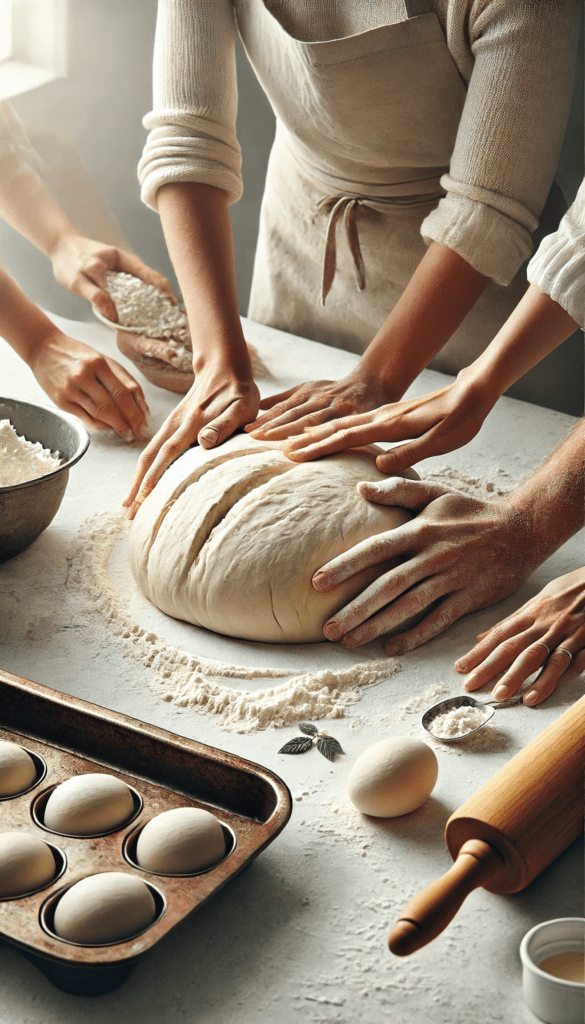
Step 5: Let the Dough Rise Again
Cover the dough again and let it rise for 30 minutes. This second rise, also known as proofing, is essential for developing the bread’s flavor and texture. During this stage of Easy Bread Baking for Beginners, you will notice the dough becoming puffier. Be gentle when handling it to avoid deflating the air bubbles.
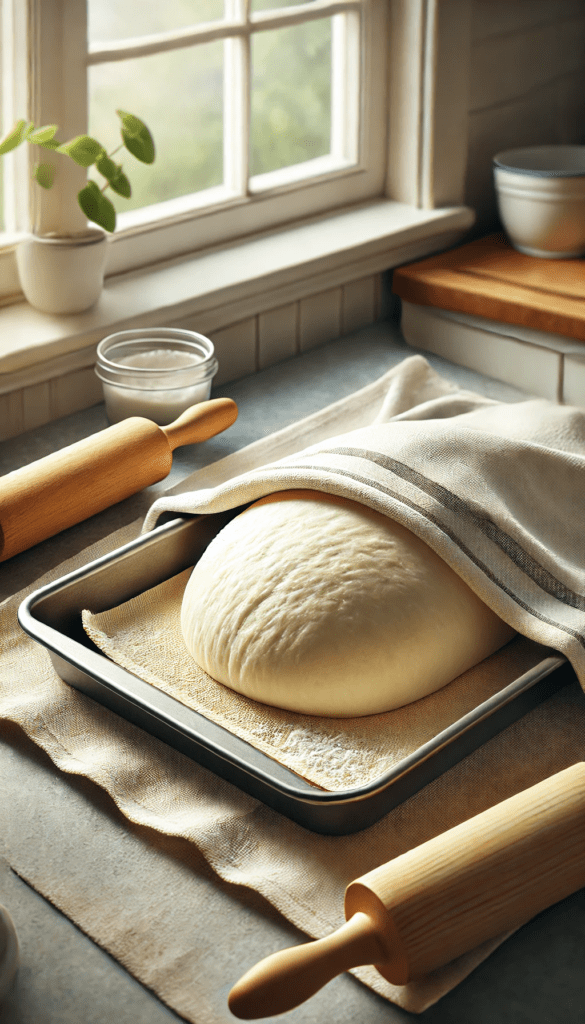
Step 6: Bake the Bread
Preheat your oven to 375°F (190°C). Bake the bread for 25-30 minutes. When the top is golden brown, it is done. Baking is the final and most rewarding step in Easy Bread Baking for Beginners. Your kitchen will be filled with the wonderful aroma of fresh bread. To check if the bread is done, tap the bottom of the loaf; it should sound hollow.
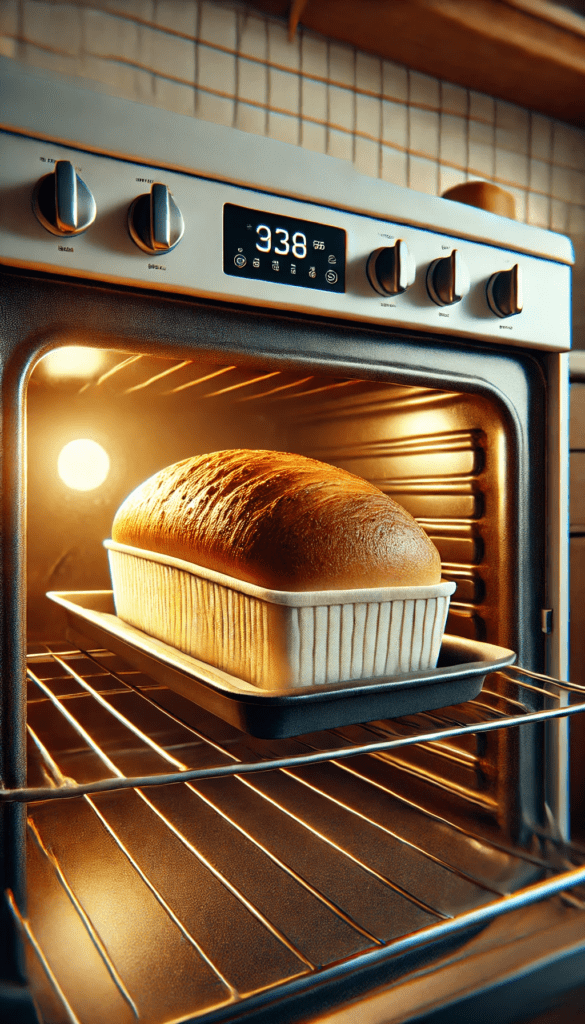
Step 7: Cool the Bread
Take the bread out of the oven. Let it cool for at least 15 minutes before slicing. Cooling is an important but often overlooked step in Easy Bread Baking for Beginners. Cutting the bread too soon can make it gummy. Letting it cool allows the structure to set, making it easier to slice and enjoy.
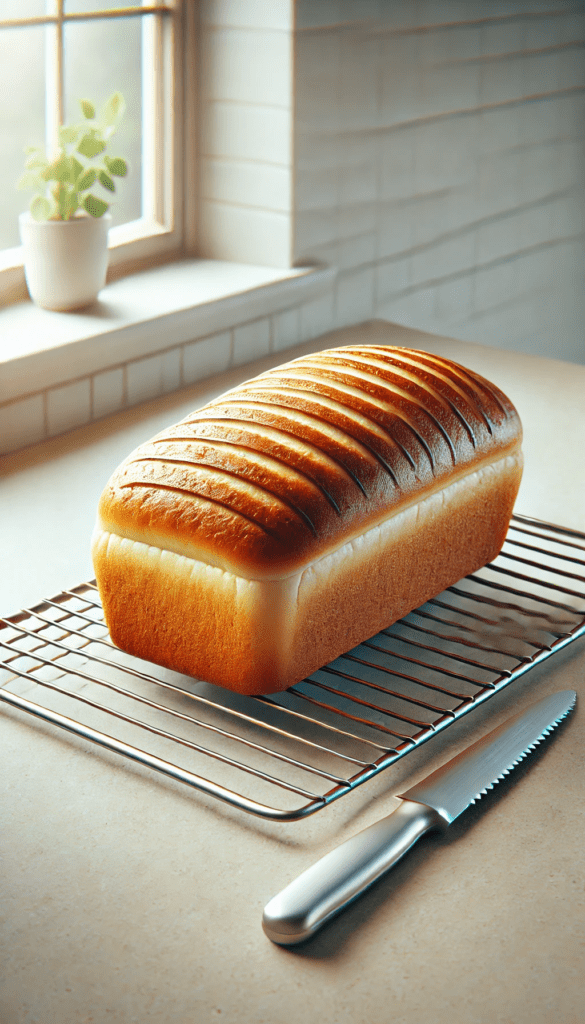
Tips for Success
- Use warm water, not hot. Hot water can kill the yeast.
- Be patient. Good bread takes time to rise.
- Practice makes perfect. Do not worry if your first loaf is not perfect.
- Read recipes carefully. Understanding each step is key to success in Easy Bread Baking for Beginners.
- Keep your ingredients fresh. Old flour or yeast can affect the quality of your bread.
FAQs
What is the best flour for Easy Bread Baking for Beginners?
All-purpose flour is great for beginners. If you want chewy bread, try bread flour.
Can I use whole wheat flour?
Yes, but whole wheat flour makes the bread denser. You can mix it with all-purpose flour.
How do I know if the dough has risen enough?
Press the dough lightly with your finger. If it bounces back slowly, it is ready.
Can I add flavors to the bread?
Yes! Add herbs, cheese, or garlic to make flavored bread.
What if I don’t have a baking pan?
You can use a cookie sheet or even shape the bread into a round loaf and bake it directly on the oven rack.
Conclusion

Baking bread is fun and easy. With a few tools and simple steps, you can make delicious bread at home. Want to try other beginner recipes? Check out Easy Chicken Recipes for Beginners and Easy Dessert Ideas for Beginners. For more bread tips, visit King Arthur Baking and Allrecipes Bread. Happy baking!
